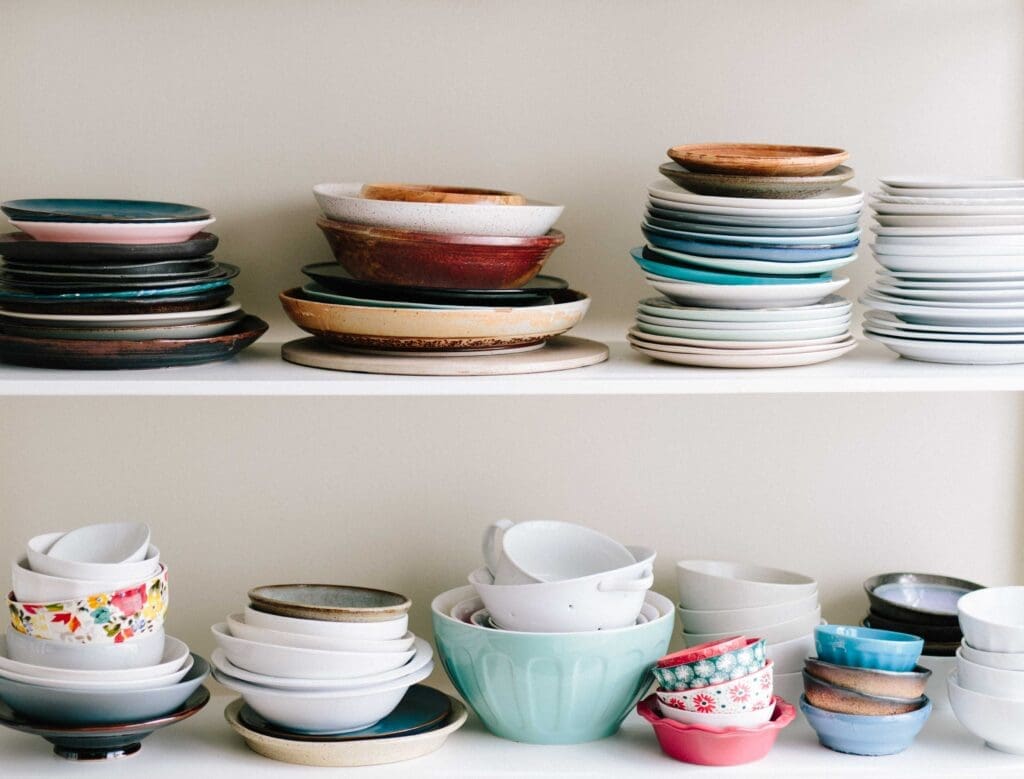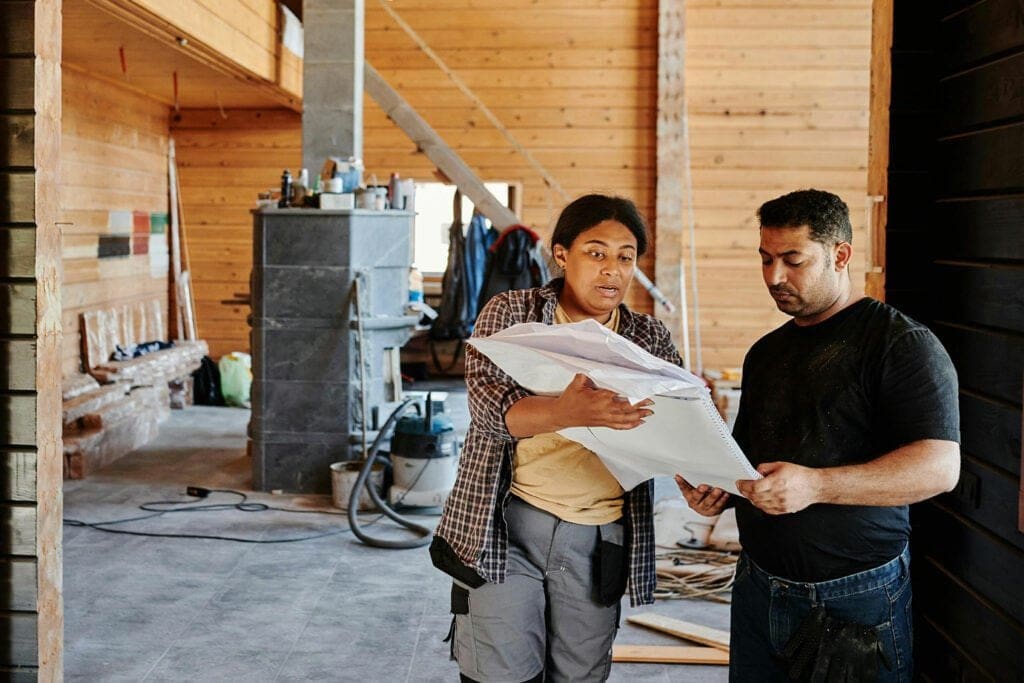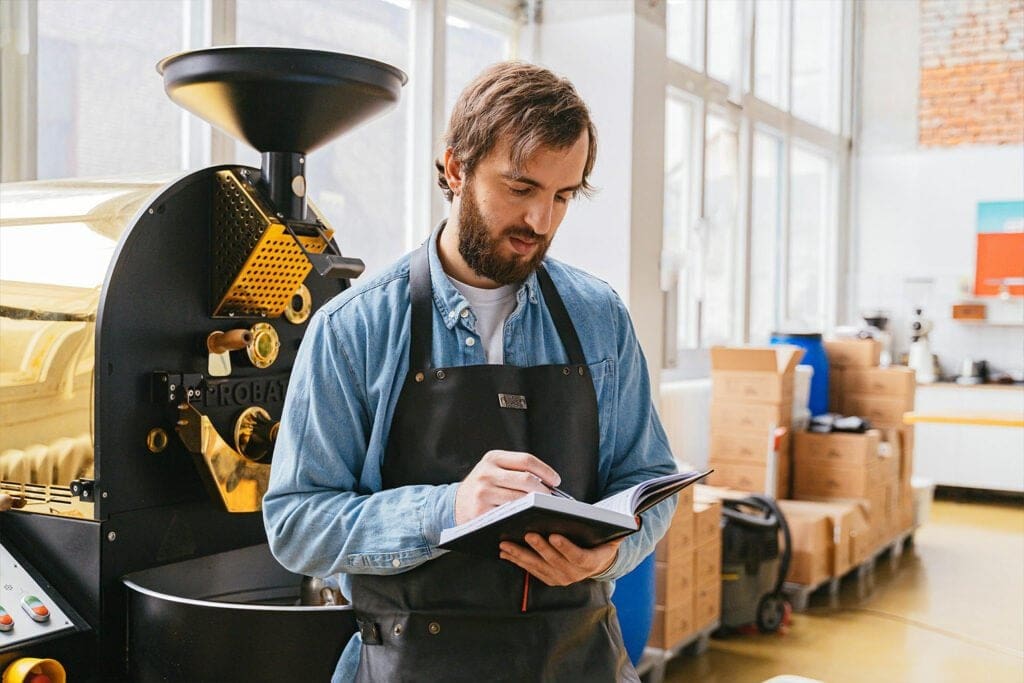This blog post is in collaboration the IOPO. The IOPO leads, educates and nurtures Professional Organisers, delivering service excellence and providing the public with a trusted directory of Professional Organisers in Australia and New Zealand.
This blog post has been contributed by Jennifer Manefield, an Expert Accredited Professional Organiser based in Sydney. Her business Decluttering Solutions help retirees and their families in all stages of the decluttering to downsize and relocation journey.
Did you know that 10% of the population in our capital cities use self-storage, and 39% of people use self-storage because they need more space at home? In the traditional self-storage market, that comes at an average cost of $298.00 per sqm. So renting a traditional self-storage unit the size of a single car garage for a year will cost around $5,400.00. Ouch!
Using self-storage can be enormously helpful when you are downsizing. So long as you make your storage decisions wisely, you can make the whole process simpler. From getting excess items out of the home during pre-auction open houses to simply storing packed items while waiting to move. Super helpful in the short term.
Self-storage can resolve other short-term problems like what to do with your things while completing the renovation on your next home. People often use self-storage while renting to store useful or precious things, and excess furniture that won’t fit into the current rental.
Make Sure You’re Storing for the Right Reasons

Consider decluttering before you start storing. Items deemed useful but never used, put away. Months and years fly by. Valuables you think family members might or should want… despite them already telling you that they don’t. Maybe you are feeling guilty because these are gifts or items from loved ones inherited by you? Sometimes it is just as simple as being overwhelmed choices or not wanting to bother about making decisions.
Let’s look at some tricks and tips to help you make the most of self-storage.
Ask Why You Need Self-Storage
If self-storage is just a temporary measure while a reno or house move takes place, it can really be a really smart way to make sure you continue living in a comfortable space that isn’t swamped by boxes and other clutter.
But if it is about delayed decluttering decisions, you risk ending up with things in self-storage you don’t actually need. Set a time frame once you know why you need self-storage and add reminders in your calendar to ask if you still need it. Or plan a regular visit and declutter day – with mobile self-storage, you can have your storage unit redelivered straight to you when the time is right, and you feel prepared to start decluttering.
Do Your Research on Self-Storage
Is it traditional self-storage you are considering in one of the big complexes scattered around, out of your way? Location impacts cost as does local population density. An area with a high density of rental properties will have different charges and a high rate of turnover compared to established suburbs with fewer.
Inspect the unit you are being offered. Does it feel humid? Is it on an external wall and impacted by extreme seasonal temperature variation? Think of an oven in summer and an icebox in winter. That will impact how well your items stand up to really long-term storage. If it’s a traditional self-storage unit with a roller door, understand that dust can get in and dirty your items.
Remember, whatever you choose to send to storage has to be packed up. Are you going to do it and how then do you get it to the unit? Do you need to hire removalists? If you opt for a storage unit further away from home that you can’t have delivered to you, you either pay a contractor to transport large and bulky items or you may find yourself making multiple trips. Do you want to manage this all yourself, or outsource it to specialist like a Professional Organiser?
What Do You Want to Store?

It’s a good idea to pack it all up together so you are making a sensible rental choice based on volume, not a guesstimate. Consider using a storage calculator to get an accurate estimate of how much storage space you are going to need.
Think about how to best pack your items to keep them safe both during transport and while in storage. If you need to locate any item while it is stored, how will you do that? Do you intend packing all the stored items in tightly or do you want the room to occasionally remove things from storage? Consider taking photos of what you’re storing to create a record of your unit.
Be Smarter About Self-Storage
While a creative option is to find a family member or friend with some spare cubic metres of storage to share, the chance of that is pretty slim. Remember you also have to share access to the space and each other’s possessions as well. Is that something you want?
So, what about innovative alternatives like mobile self-storage? Companies like TAXIBOX that deliver a self-storage unit to your property where it can stay for you to pack and then empty as you need. They can also organize removalists for you. But all storage units are not created equal. You do need to consider access, the height of garages and carports, and how level the terrain is as well. Are you planning for the storage unit to stay on-site at your address? Being able to have them moved and stored with a storage company, or even delivered to your new home at short notice can be a big benefit – saving you time and money in the long-term.
Even the best laid plans can go awry so investigate your options, asking questions about all possible scenarios. You want peace of mind, whatever the storage reason.

Jennifer Manefield is an Expert Accredited Professional Organiser. Based in Sydney, her business Decluttering Solutions helping retirees and their families in all stages of the decluttering to downsize and relocation journey. See more of Jennifer Manefield’s decluttering tips and tricks on Facebook, Instagram, and Linkedin.



